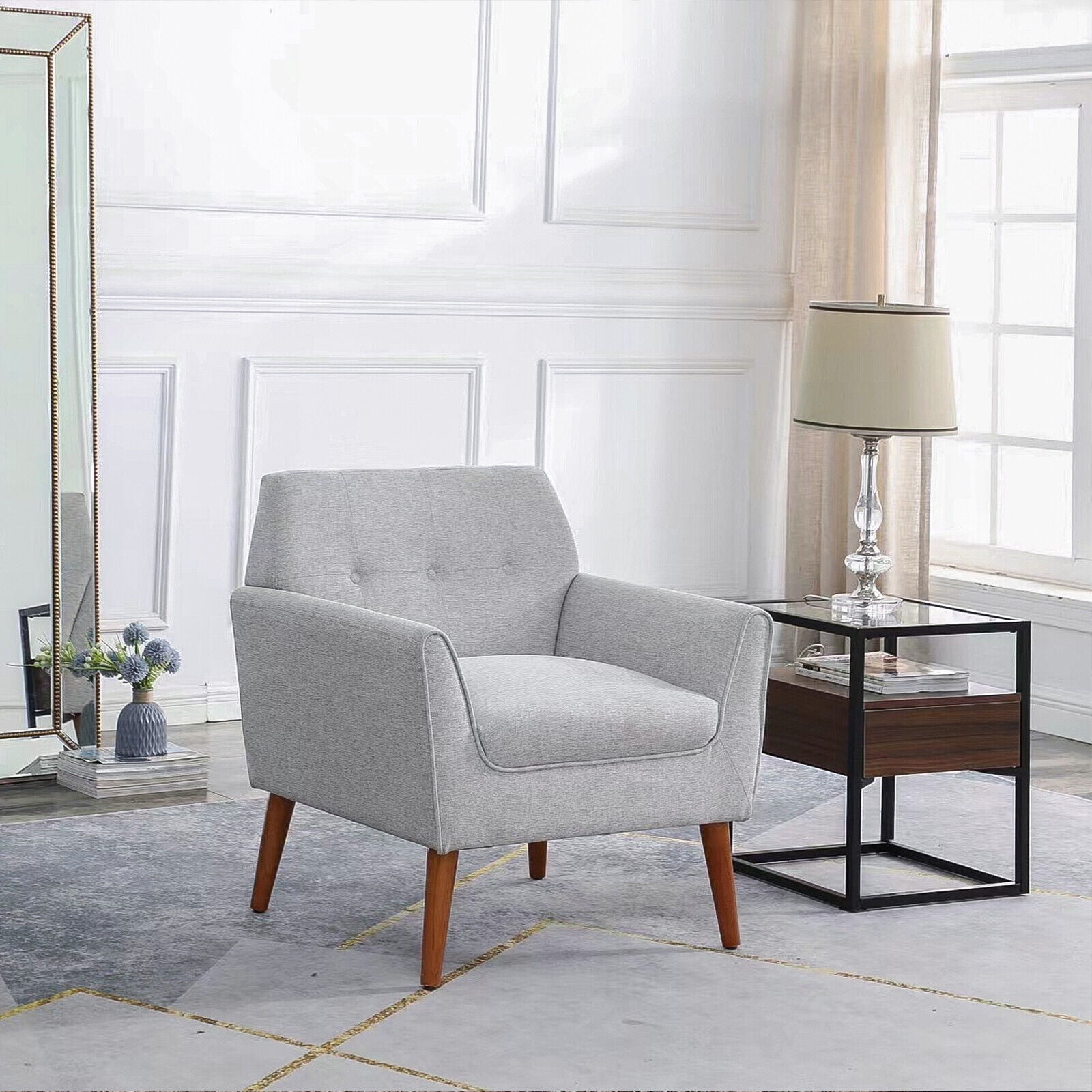Design & Aesthetics of Armchairs: Dining Table Chair With Arms

Dining chairs with arms offer a blend of comfort and style, significantly impacting the overall aesthetic and functionality of a dining space. The choice of design, materials, and armrest features directly influences the chair’s visual appeal and its ergonomic suitability for prolonged seating. Understanding these factors is crucial for creating a dining area that is both beautiful and comfortable.
Dining Chair Styles and Materials
The design of an armchair is highly varied, reflecting diverse aesthetic preferences and functional needs. The following table illustrates some key stylistic categories and their associated material choices.
| Style | Key Features | Suitable Materials | Example |
|---|---|---|---|
| Traditional | Ornate detailing, curved lines, often upholstered | Wood (mahogany, cherry), upholstered fabric (velvet, brocade) | A high-backed chair with carved wooden legs and a plush velvet seat. |
| Modern | Clean lines, geometric shapes, minimalist design | Metal (steel, aluminum), wood (oak, walnut), leather, synthetic fabrics | A chair with a sleek metal frame and a simple, upholstered seat. |
| Minimalist | Simple design, lack of ornamentation, functionality prioritized | Wood (light-colored woods like birch), metal (chrome), simple fabrics | A chair with a slender wooden frame and a plain fabric seat, devoid of excessive detail. |
| Rustic | Rough textures, natural materials, often distressed finishes | Reclaimed wood, wrought iron, natural fibers (linen, burlap) | A chair made from reclaimed barn wood with a slightly uneven finish and a simple linen cushion. |
Impact of Armrest Design on Comfort and Ergonomics
The armrest plays a critical role in determining a chair’s comfort and ergonomic properties. The shape, height, and padding of the armrest directly affect posture and user experience. Low armrests can hinder proper posture, forcing users to hunch over, while excessively high armrests can cause discomfort and restrict movement. Rounded armrests generally provide better support and comfort than sharp, angular ones. Ideally, the armrest should allow the user’s elbows to rest comfortably at a 90-degree angle, with the forearms supported. Armrests that are too wide can encroach on legroom, whereas armrests that are too narrow might not provide adequate support.
Material Comparison: Durability, Maintenance, and Aesthetics
The choice of materials significantly influences a dining chair’s durability, maintenance requirements, and aesthetic appeal.
- Wood: Offers durability and a classic aesthetic. Requires regular polishing or waxing to maintain its finish and prevent damage. Susceptible to scratches and water damage.
- Metal: Durable and easy to clean, but can be less comfortable without proper padding. Prone to rust or corrosion if not properly treated. Offers a modern or industrial aesthetic depending on the finish.
- Fabric: Provides comfort and a wide range of aesthetic options. Requires regular cleaning and is susceptible to stains and wear. The choice of fabric (e.g., velvet, linen, cotton) greatly impacts durability and maintenance.
- Plastic/Synthetic Materials: Affordable and easy to clean, but often lacks the aesthetic appeal and durability of wood or metal. Can feel less comfortable than upholstered chairs.
Manufacturing & Sourcing

The manufacturing and sourcing of dining chairs with arms is a complex process influenced by factors ranging from material selection and production techniques to ethical considerations and sustainability. Understanding these aspects is crucial for both manufacturers seeking to optimize their processes and consumers making informed purchasing decisions. This section delves into the diverse manufacturing approaches and key considerations for sourcing these essential pieces of furniture.
Manufacturing Processes: Handcrafted vs. Mass-produced, Dining table chair with arms
The manufacturing process significantly impacts the final product’s quality, cost, and aesthetic appeal. Handcrafted and mass-produced chairs represent opposite ends of a spectrum, each with distinct advantages and disadvantages.
- Handcrafted Chairs: These chairs typically involve a more labor-intensive process, often using traditional joinery techniques and high-quality materials. Each chair is unique, reflecting the artisan’s skill and potentially incorporating custom design elements. This results in higher durability and a superior aesthetic finish but comes with a substantially higher price tag. The production volume is naturally limited.
- Mass-produced Chairs: Mass production utilizes automated machinery and assembly lines to create large quantities of chairs efficiently. This method allows for cost-effective manufacturing, making chairs accessible to a wider market. However, mass-produced chairs may utilize less expensive materials and simpler construction techniques, potentially impacting longevity and aesthetic refinement. Customization options are usually limited.
Sourcing Considerations: Material Sustainability, Ethical Production, and Warranties
Choosing a dining chair involves more than just aesthetics; it’s essential to consider the environmental and social impact of its production. Sustainable sourcing practices, ethical labor conditions, and reliable warranties are crucial factors to weigh.
- Material Sustainability: Opt for chairs made from sustainably harvested wood, recycled materials, or rapidly renewable resources. Look for certifications like the Forest Stewardship Council (FSC) label, which ensures responsible forest management. Consider the environmental impact of the manufacturing process itself, including energy consumption and waste generation.
- Ethical Production Practices: Inquire about the manufacturer’s commitment to fair labor practices, ensuring workers receive fair wages and work in safe conditions. Look for certifications or statements indicating adherence to ethical production standards. Transparency in the supply chain is key.
- Warranty Options: A comprehensive warranty demonstrates the manufacturer’s confidence in the chair’s quality and durability. Check for warranties covering defects in materials and workmanship, as well as the length of coverage. A longer warranty often signifies higher quality and a commitment to customer satisfaction.
Chair Maintenance and Care
Proper maintenance significantly extends the lifespan of your dining chairs with arms. The specific care instructions depend on the materials used. Wood chairs should be regularly dusted and polished with appropriate wood cleaner to prevent dryness and cracking. Upholstered chairs require occasional vacuuming and spot cleaning. Metal chairs may require occasional cleaning with a damp cloth to remove dust and grime. Avoid abrasive cleaners and excessive moisture on all chair types. Regular inspections for loose screws or joints are recommended, and timely repairs can prevent further damage.
